
Dendritic Opals: History, Symbolism, Meanings & More!
 Gem-lovers may come across the term “dendritic” in a few gemstone varieties. One such gemstone is dendritic opal, a type of opal with dark inclusions that form stunning fern-like patterns across the stone’s surface.
Gem-lovers may come across the term “dendritic” in a few gemstone varieties. One such gemstone is dendritic opal, a type of opal with dark inclusions that form stunning fern-like patterns across the stone’s surface.
Generally speaking, what is a dendritic gemstone?
Biologists know dendrites as the branching ends of nerve cells that communicate with other dendrites along synapses to pass messages through the body. Gemologists use the word “dendrites” to refer to tree-like markings on a gemstone or rock. When an opal or any gemstone displays tree-like inclusion patterns, gemologists call it a “dendritic” variety of that stone.
In the spiritual community, dendritic opals hold potent magical properties, often used for healing physical, emotional, and spiritual ailments.
Today, we’ll discuss dendritic opal meanings, history, and properties, both geological and spiritual. Let’s start on the geological side to see what exactly dendritic opal is.
What Is A Dendritic Opal?
Dendritic opal is a form of common opal (showing no play-of-color) characterized by inclusions that display mossy or branch-like patterns. These inclusion patterns have also led to the alternate names “moss opal” or “mossy opal.”
For reference, inclusions are any material that gets trapped in another mineral during the mineral’s formation. The most common dendritic inclusions in these opals are metallic oxides like manganese and iron.
Dendritic opal’s body tone is typically white or yellowish-brown with a milky, opalescent sheen and resinous luster. Its inclusions are dark, often black, dark green, or brown. The stone is typically opaque but sometimes translucent, or a combination of both.
Natural opalite, which has a mossy green body color and may show chatoyancy, can also contain dendritic inclusions in black, gray, or bluish-black. This variety is called dendritic opalite.
How is dendritic opal formed?
Dendritic opal formation occurs as it does with other opals. Groundwater picks up silica spheres and settles into pockets underground, gradually hardening into opal.
However, the water-mineral solution that eventually forms dendritic opal also has manganese and/or iron minerals that form the stone’s inclusions as it hardens. Once dendritic opal has hardened, its raw form typically looks like a grape or kidney.
Now you know the mineral side, but what about dendritic opal properties as a gemstone?
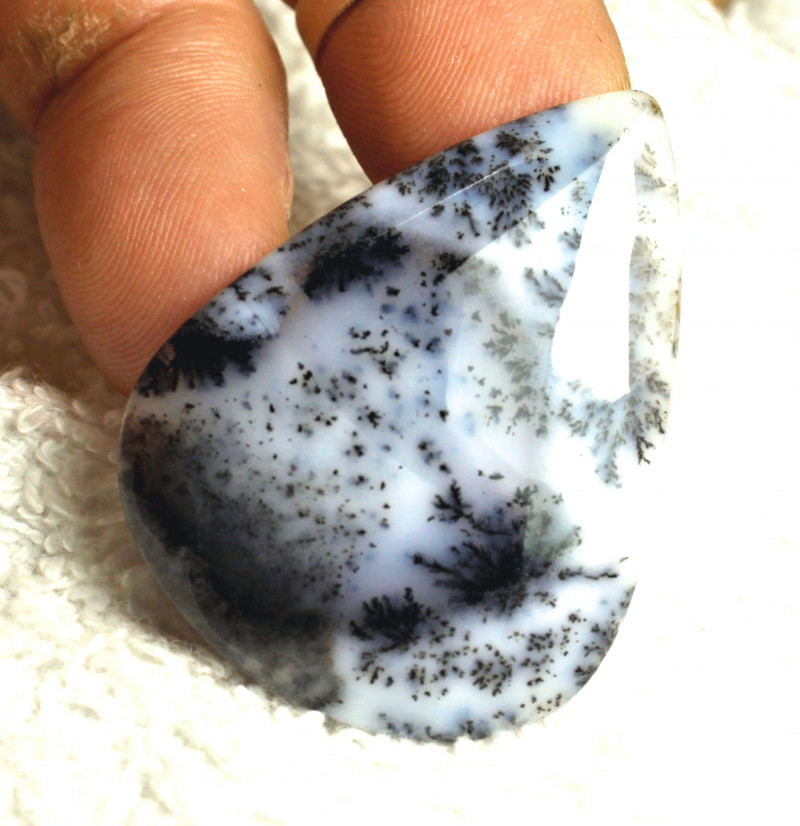
Dendritic Opal Gemstone Properties
Gemstone properties help gemologists and jewelers determine a gemstone’s value, so consumers know they’re paying the right price for the gem’s quality. Opals are one of the trickiest stones to value,
The key dendritic opal properties for determining its opal value are its inclusion pattern and cut.
Dendritic opal inclusions can form various patterns, and every pattern is unique. For instance, dendritic opals with inclusions resembling woodland landscapes have been dubbed “landscape opal.”
Composed of up to 30 percent water, dendritic opals are “soft gems.” Soft gems are typically easier to cut and shape, but dendritic opal’s inclusions make this process trickier. Most often, you’ll see them cut as slices or cabochons.
Dendritic Opal vs. Dendritic Agate
When shopping for gemstones, you may see the similar-looking stone dendritic agate. What is the difference between dendritic agate and dendritic opal?
Dendritic agate and dendritic opal are both types of silicates with dark, tree-like inclusions, but the stones differ in a few key ways:
Mineral Family: Dendritic agate is a banded chalcedony variety, while dendritic opal is an opal variety.
Crystal Structure: Dendritic agate has a hexagonal crystal structure, but dendritic opal is amorphous (without a crystal structure).
Mineral Status: Agate is a mineral, while dendritic opal is a mineraloid. For reference, mineraloids are mineral-like but don’t have crystalline structures and show a wider range of chemical compositions than minerals do.
Hardness: Dendritic agate ranks at 7 on the Mohs mineral hardness scale, while dendritic opal ranks at 5.5 to 6, like most opals.
Locations: Most dendritic agate comes from Brazil, India, and Mexico. Dendritic opal mostly comes from Australia, Mexico, and the USA.
Interestingly, dendritic opalite sometimes gets its inclusions from the presence of dendritic agate during its formation.
We know what factors affect its formation, but how has dendritic opal affected different societies over time?
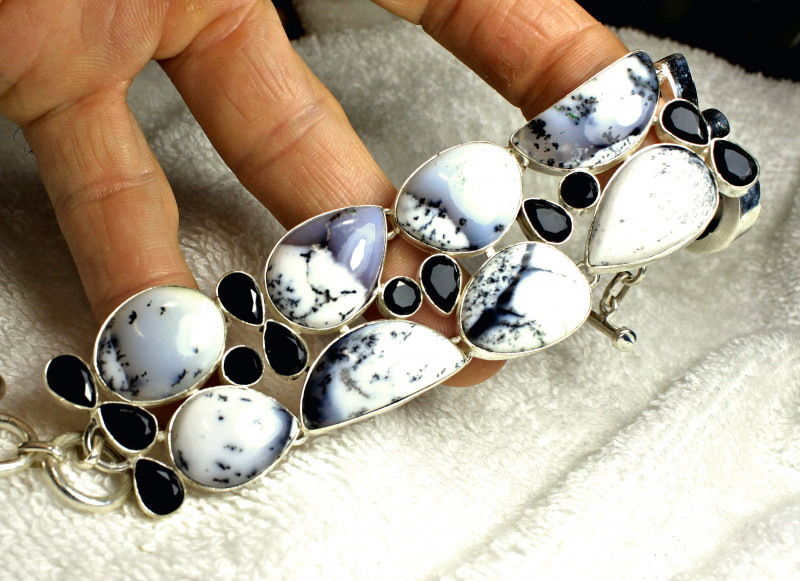
Dendritic Opal History & Sources
The term “dendrite” comes from the Ancient Greek dendritēs, meaning “tree-like,” derived from dendron, meaning “tree.” The word “opal” comes from either the Latin opallus, meaning “precious stone,” or the Ancient Greek opallios, meaning “to see a change in color.”
The first official discovery of dendritic opal was in the 19th-century, when German geologist Johannes Menge discovered the first common opals in Australia circa 1849.
As miners uncovered vast Australian opal deposits, the stone’s reputation worldwide flourished. Royals and average citizens alike adorned themselves in the stone, leading to Australia’s current ranking as the world’s top opal producer.
Nowadays, where is dendritic opal found? And is dendritic opal rare?
Dendritic opal is a fairly abundant gemstone with mines all over the world, though most of these stones still come from Australia. Other prominent locales include Mexico and the USA, where miners in Virgin Valley, Nevada, produce some fluorescent dendritic opals that glow in vibrant green hues.
You can also find dendritic opal deposits in:
Austria
Brazil
Cuba
Guatemala
Honduras
Indonesia
Kazakhstan
Japan
Russia
Slovakia
Spain
Tanzania
Over time, gemstones often change names or collect new nicknames. In dendritic opal’s case, you’ll often see it tied to the name “merlinite.”
Dendritic Opal vs. Merlinite
Is there a difference between merlinite and dendritic opal? Or is dendritic opal merlinite?
Merlinite is a nickname used in the crystal healing community for dendritic opal, though some use “merlinite” for dendritic agate, psilomelane, or indigo gabbro as well. Named after the legendary sorcerer Merlin, the name comes from the dendritic opal’s purported magical abilities.
On that note, what should we know about Merlinite dendritic opal meaning?
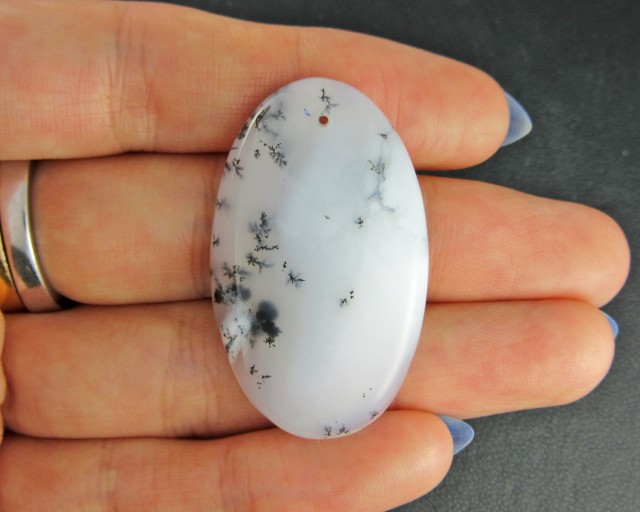
Dendritic Opal Meaning & Symbolism
If you were born in October, dendritic opal is an earthy variety of your traditional birthstone, the opal. Astrologically, the dendritic opal is a planetary stone for the sun, making it a lucky talisman for the zodiac sign Leo.
Historically, the dendritic opal spiritual meaning tied to magic and power. In the Middle Ages, people thought these stones held mystical energies, allowing whoever held one to see their truest self. Nobles would carry them as a status symbol, also believing the stone could help them stay in power.
Those who study or practice witchcraft believed dendritic opals could enhance their spells or powers, commonly keeping the opal with them or using it in rituals.
In modern spiritual circles, dendritic opals’ dark patterns, contrasting against their white surfaces, symbolize the balance of opposites — similar to yin and yang. Additionally, the patterns’ resemblance to nature represents one’s connection to Earth, boosting intuition and self-awareness.
Beyond its associations, what is dendritic opal good for?

Dendritic Opal Healing Properties
With a nickname linked to one of history’s most legendary wizards, dendritic opal, or “merlinite,” is bound to carry some truly magical healing powers.
On the physical side, dendritic opal supports the circulatory system and immune system. Many crystal healers also use it to cure dizziness, inflammation, and kidney issues.
Emotionally, dendritic opal is commonly used for personal growth and stress reduction. The stone purportedly aids emotional health by shielding you from toxic forces or people, as well as instilling you with more empathy and patience.
Spiritual healing is arguably the most popular of dendritic opal uses. The stone is said to increase spiritual awareness, bringing greater intuition and understanding of the universal forces at work.
Often called a Shaman stone, dendritic opal is great for anyone exploring past lives, clairvoyance, or divine beings. When used in deep meditation, dendritic opal may allow a clearer vision of your past lives, giving you insight into your current spiritual path and purpose.
For energy healing, what chakra is dendritic opal?
Dendritic Opal Chakra
Dendritic opal corresponds to the crown chakra. This chakra, located in a swirling halo of energy right above the head, is the seventh and highest chakra. It governs your connection and communication with the spiritual side of the universe, as well as abstract thought.
Since the crown chakra governs the nervous system, where our biological dendrites are, it seems only fitting that the stone would balance it!
When the crown chakra is blocked, you may feel disillusioned, ungrounded, or resistant to new ideas. You can use dendritic opal to open the chakra again, awakening your consciousness to accept the wisdom of the universe.
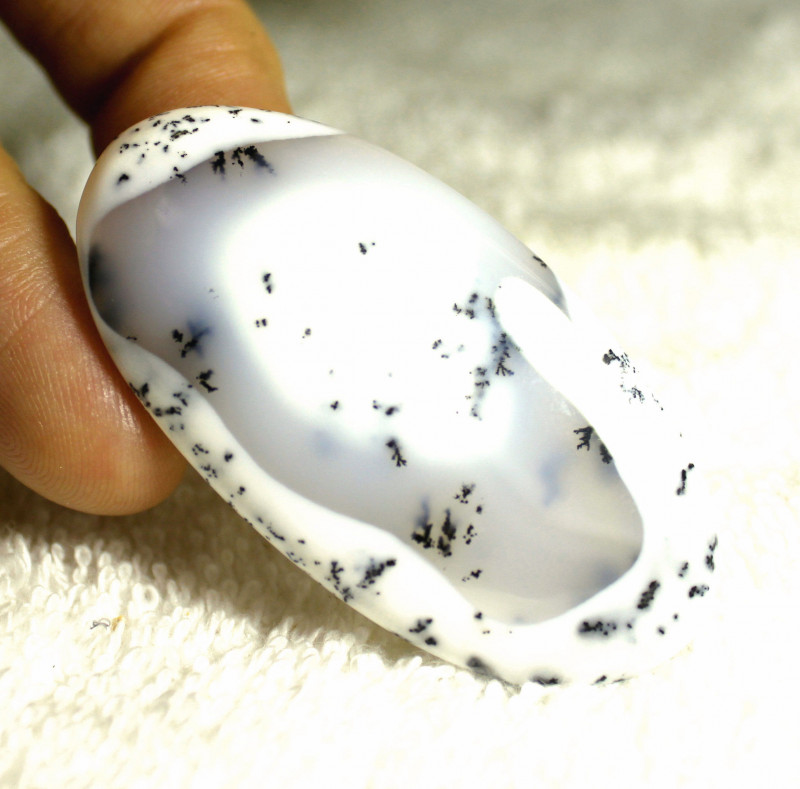
Branch Out With Dendritic Opal!
In the expansive world of opals, dendritic opal is an earthy variety that’s ideal for anyone seeking a gem as unique as they are. Available as cabochons, slices, rough specimens, and jewelry, dendritic opals can instantly elevate any room or outfit.
Whether you’re accessorizing for a mystical aesthetic, could use some spiritual growth, or want to carry a soothing piece of nature with you, dendritic opal is the perfect gem for the job!
Search the Opal Encyclopedia
Related Auctions
Related Articles
Crystal opal is a type of opal renowned for its translucence and vibrant iridescence. In this guide, we'll walk you through everything you need to know about this splendid stone.
17th Jul 2018
Ethiopian opals are a relatively new group of hydrophane opals with impressive play-of-color in a variety of patterns. Learn the history and uses of Ethiopian opals!
23rd May 2018
Learn about all the different opal types and meanings in this comprehensive guide, plus how to classify them by color, inclusions, formation, origin, and more!
22nd May 2017
Latest Articles
An opal’s price comes down to a variety of factors, all of which we’ve broken down in this guide to opal grading and prices. Learn all about opal grading and the prices of each type of opal!
19th Jul 2023
Come on a journey and learn about the healing power of opals from our guest writer Vivien Schapera from Crystal Healing Techniques!
20th May 2023
The Flame (or Fire) Queen opal is the world’s most expensive opal, sold for the modern equivalent of $3 million dollars. Learn all about its history and qualities!
18th Feb 2023
Article Categories
All there is to know about Opals including Black Opals, Ethiopian Opals & Boulder Opal
15 Articles
Check out our fascinating information and articles on all things amazing in the Opal world
43 Articles
Opal Auctions sellers who are approved as opal Verified Sellers
4 Articles


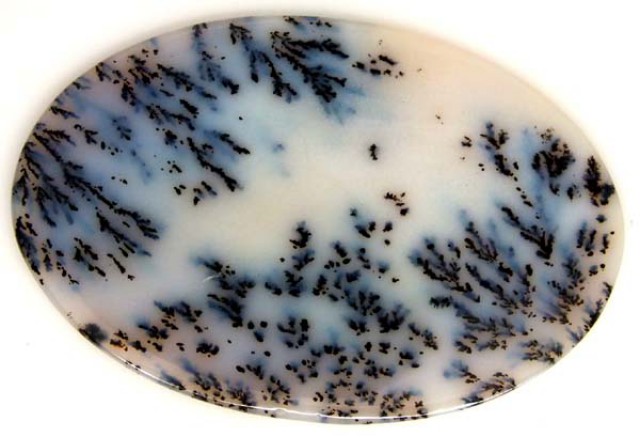

![DENDRITIC OPAL ROUGH LARGE [S635 ]](https://liveplatforms-production.b-cdn.net/tenants/oa/uploads/images/115000-119999/116852/116852_3.jpg?width=480&aspect_ratio=1001%3A1000)
![DENDRITIC OPAL ROUGH [S634 ]](https://liveplatforms-production.b-cdn.net/tenants/oa/uploads/images/115000-119999/116851/116851_3.jpg?width=480&aspect_ratio=1001%3A1000)
![DENDRITIC OPAL ROUGH [S632 ]](https://liveplatforms-production.b-cdn.net/tenants/oa/uploads/images/115000-119999/116848/116848_4.jpg?width=480&aspect_ratio=1001%3A1000)
![DENDRITIC OPAL ROUGH [S631 ]](https://liveplatforms-production.b-cdn.net/tenants/oa/uploads/images/115000-119999/116847/116847_4.jpg?width=480&aspect_ratio=1001%3A1000)